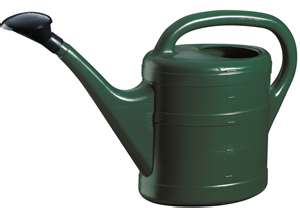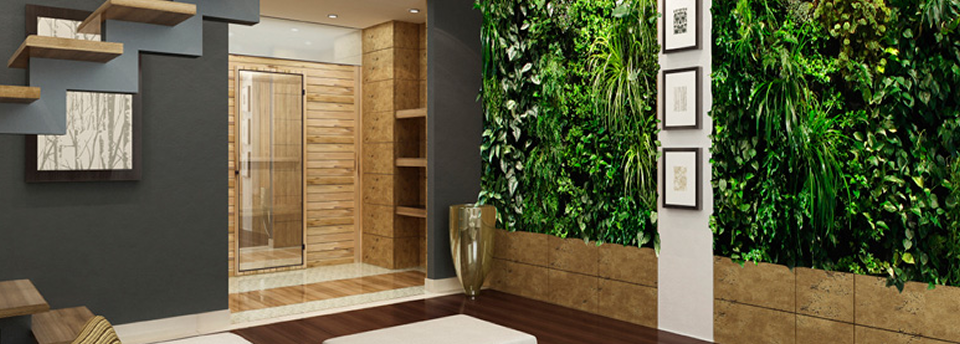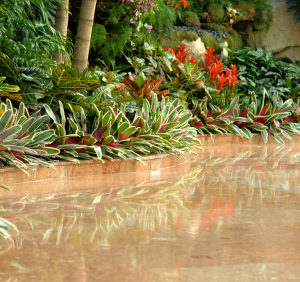How often do plants need watering?
 Plants need several things to survive and thrive. They need to be planted in a dirt or potting medium that allows them to get nutrients through their roots. They also need to be exposed to sunlight so they can perform photosynthesis and grow. Another plant essential is water, which helps react with the sunlight and the soil to allow the plant to continue to grow. How often a plant needs water is often determined by the type of plant you are watering.
Plants need several things to survive and thrive. They need to be planted in a dirt or potting medium that allows them to get nutrients through their roots. They also need to be exposed to sunlight so they can perform photosynthesis and grow. Another plant essential is water, which helps react with the sunlight and the soil to allow the plant to continue to grow. How often a plant needs water is often determined by the type of plant you are watering.
1. Type of Plant
To determine how many times plants need water, you first must think about the type of plant. Some plants, like aloe vera, fichus, and philodendrons, need water on a regular basis. These types of plants must have soil that remains moist and wet. If these plants dry out, they will die.
However, there are other types of plants that will be harmed or even die if they get too much water. These plants, such as cacti and jades, need to have soil that dries out between watering. In order to determine how many times plants need water, first look at the tag or label that came with the plant. It should say how often the plant needs to be watered. If you don’t have any information on the plant other than the name, look in a plant book, talk to a nursery or look online to determine the type of watering that particular plant needs.
2. Understanding Your Plants
Get an idea of their watering needs from information about the plant. You will usually find that plants need water in a variety of ways. The plant might need regular water, occasional water, or time between watering.
If you have found out that your particular plant needs regular water, water the plant once every week at the very minimum. Pay attention to the soil of these plants. For these plants, the soil should always feel moist. If the soil is dry when you go to water the plant, switch your watering schedule so you are watering more often.
If the plant needs occasional water, it is okay if the dirt isn’t as moist or is even a little dried out between watering. Try to keep a regular water schedule for these plants. If the plant needs time between watering, it is imperative that you wait between watering until the soil is very dry. If you water these types of plants too often, they won’t be healthy.
3. What About Unknown Plant Types?
If you have a plant that you do not recognize, try to use a plant book to identify the type of plant. If you still have no idea of the type of plant, a good rule of thumb is to water the plant once each week. Water the plant until the soil is moist, but not until water runs through to the bottom of the pot.



 Large planters may be well suited for larger lobbies, but having a large lobby is not always a necessity and they can be made to fit in a small lobby as well. In addition to plants,
Large planters may be well suited for larger lobbies, but having a large lobby is not always a necessity and they can be made to fit in a small lobby as well. In addition to plants,